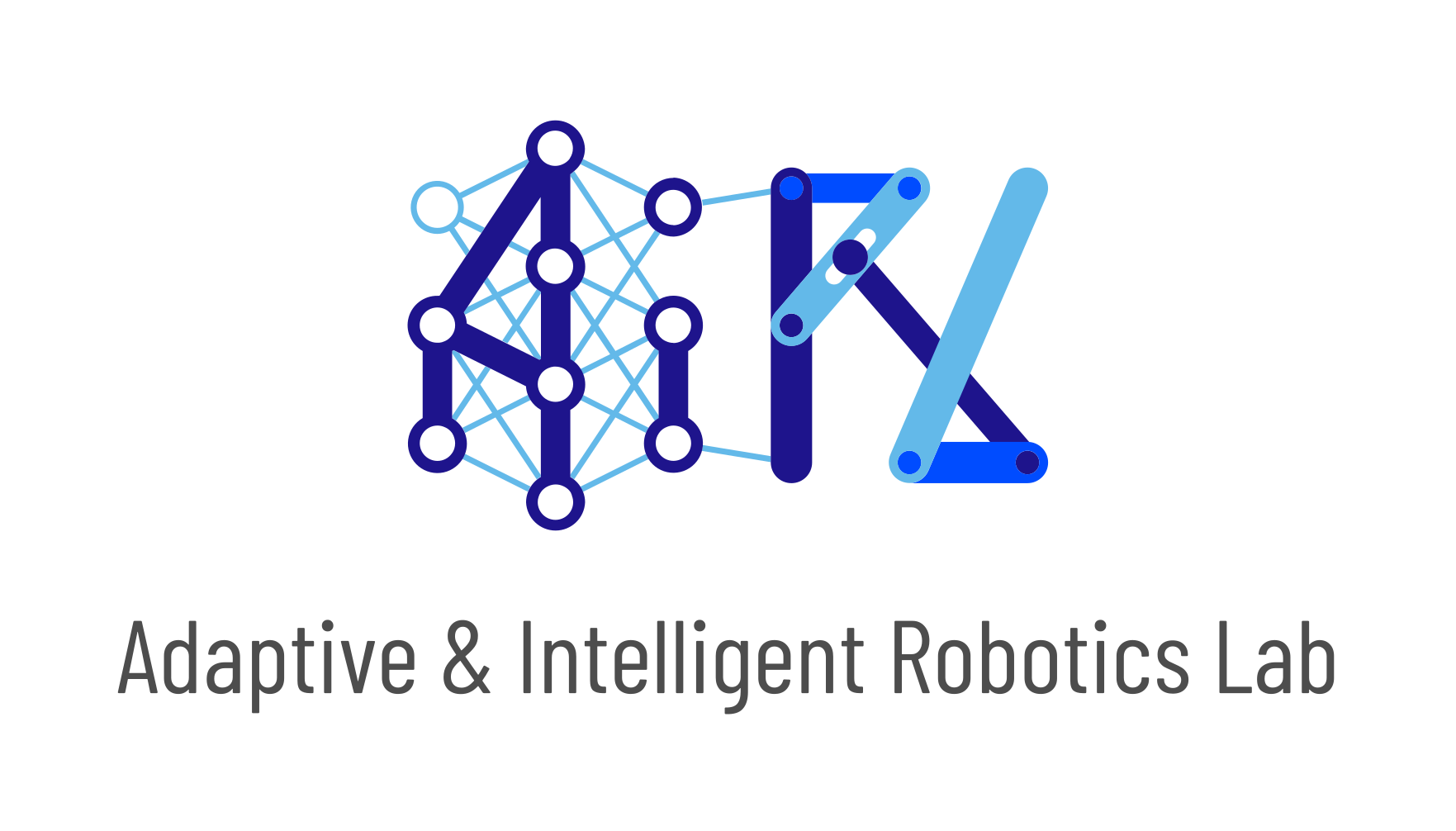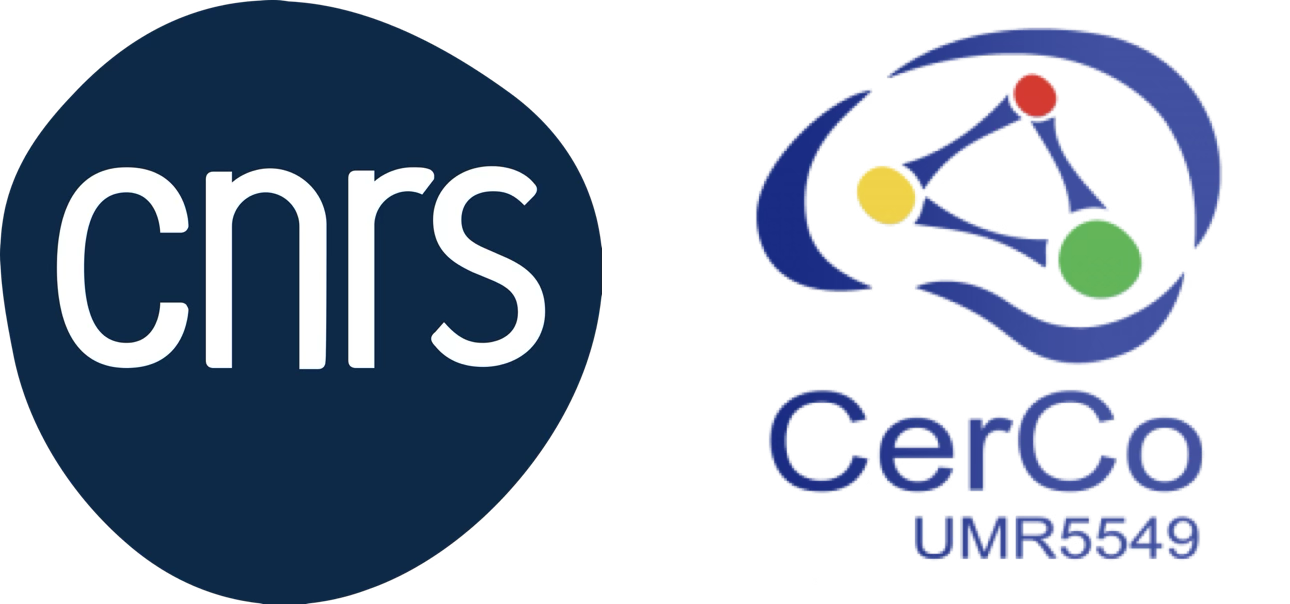Research
My research lies at the intersection of applied mathematics and machine learning, with a focus on developing reliable theoretical frameworks for real-world industrial applications.
I am currently engaged in research collaborations with both Michelin and Augmodo, applying uncertainty-aware machine learning methods to industrial and retail settings.
Current Research
Personal Exploration: Diffusion Models
I am personally exploring diffusion models and their applications, investigating how these generative models can be leveraged for various tasks.
My exploration focuses on their potential integration with live videos and their use in industrial and scientific applications.
This work is part of an entrepreneurial business idea I am developing, aiming to bridge cutting-edge generative AI research with practical, real-world solutions.
Research at Augmodo

Inference-Time Uncertainty Quantification
I collaborate with Augmodo as a Computer Vision Scientist, developing uncertainty-aware computer vision models for open-world retail deployments.
My work focuses on building robust pipelines that handle millions of images per day, improving accuracy and reliability in real-world production environments.
I collaborate closely with Sacha Hu, Senior Computer Vision Scientist, on end-to-end pipeline development, applying uncertainty quantification principles to ensure robust performance at scale.
Research at Michelin

As part of my PhD at the Centre de Mathématiques Appliquées (CMAP) — École Polytechnique — in collaboration with Michelin, I work on the following research directions:
Adaptive Soft Sensing
I design machine learning and deep learning methods to enable real-time quality monitoring in rubber manufacturing processes.
My research explores three complementary strategies:
- Moving Window (MW) approaches for temporal pattern analysis,
- Just-in-Time Learning (JITL) for adaptive, sample-specific modeling, and
- Ensemble (ENS) techniques for enhanced robustness and stability.
These methods aim to deliver accurate and computationally efficient quality assessments under dynamic industrial conditions, enabling proactive decision-making in production environments.
Online Uncertainty Quantification
I develop uncertainty-aware learning frameworks for predictive modeling in industrial systems, with a particular focus on conformal prediction (CP).
This work seeks to provide statistically valid confidence measures alongside predictions, enabling safer and more interpretable decision-making.
In the long term, these methods will support autonomous process control, dynamically adjusting production parameters and refining laboratory sampling based on both predicted outcomes and their associated uncertainties.
Unsupervised Learning and Dimensionality Reduction
I developed torchsom, a PyTorch-based package for dimensionality reduction and data visualization using Self-Organizing Maps (SOMs), designed for industrial scalability and efficient integration into online sensing pipelines.
As an alternative to UMAP and t-SNE, TorchSOM provides a topology-preserving, interpretable representation of high-dimensional data, particularly suited for JITL and process monitoring.

Previous Research
Research at the Adaptive & Intelligent Robotics Lab (AIRL)

Model-Based Quality-Diversity Optimization
During my MSc at Imperial College London, I conducted research at the Adaptive & Intelligent Robotics Lab under the supervision of Pr. Antoine Cully.
My work focused on Quality-Diversity (QD) optimization, a branch of evolutionary computation that aims to discover diverse and high-performing solutions.
Traditional QD algorithms are data-hungry and computationally expensive, making them impractical for real-world robotics applications.
I addressed these limitations by integrating surrogate models and active sampling strategies into QD algorithms, improving both robustness and data efficiency.
Eight algorithmic variants combining model architectures, sampling strategies, and repertoire reset mechanisms were tested on a robotic arm control task, demonstrating improvements in sample efficiency.
Research at the CNRS Brain & Cognitive Research Center (CerCo)

Detection of Pathological Oscillations in Epilepsy
During my MSc at IMT Mines Alès, I worked at the CNRS CerCo Laboratory under the supervision of Dr. Ludovic Gardy, Pr. Christophe Hurter and Pr. Emmanuel Barbeau
My research addressed the detection of pathological oscillations (fast ripples) in epileptic EEG signals using signal processing and convolutional neural networks (CNNs).
I transformed 1D EEG signals into 2D time–frequency scalograms via Morlet-based continuous wavelet transform (CWT) for efficient CNN learning.
To enhance interpretability, I used Grad-CAM to visualize activation regions and trace feature relevance across network layers.
I further optimized the pipeline with Cython, achieving a 15% reduction in computation time and improved cross-biomarker generalization, making the system more suitable for clinical deployment.